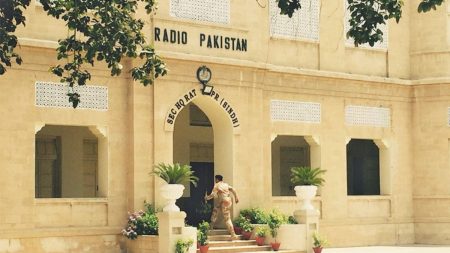Pakistan’s investment ratio has plummeted to a 50-year low, standing at 13.1 percent of GDP in the current fiscal year. Both investment and savings as percentages of GDP have fallen short of targets.
The target for the investment-to-GDP ratio was set at 15.1 percent, yet it dipped to 13.1 percent, marking the lowest since the fiscal year 1973-74, according to the Express Tribune.
The International Monetary Fund (IMF) has sought clarification from the federal government regarding its investment projections for the current and upcoming fiscal years. However, there hasn’t been any significant surge in foreign or domestic investment. The current 13.1 percent investment-to-GDP ratio remains below that of regional counterparts and last year’s figure of 14.1 percent.
Despite Pakistan’s anticipation of a $5 billion investment from Saudi Arabia, no concrete developments have emerged thus far. Additionally, the fixed investment-to-GDP ratio has decreased to 11.4 percent, with private sector investment dropping to 8.7 percent, marking its lowest point in nearly a quarter-century. Public sector investment also declined to 2.8 percent, the lowest in four years, attributed to fiscal constraints.
Frequent alterations in taxation policies and biases toward the manufacturing sector have further deterred investment. Economic growth predominantly hinges on consumption, contributing to about 88 percent of the GDP increase. The government’s failure to meet investment targets constrains its capacity to address infrastructure and social sector concerns, consequently heightening dependence on loans for development endeavors.
The savings-to-GDP ratio experienced a slight downturn, also failing to meet the official target. The estimated size of the national economy for the fiscal year is $373.6 billion, which remains lower than the $375.6 billion recorded two years ago due to subsequent PKR devaluations. In terms of rupees, the economy reached Rs. 106 trillion in 2023-24. Although per capita income saw a slight increase to $1,674 this year, this calculation is based on the outdated population figure of 236 million reportedly used by the Pakistan Bureau of Statistics. Utilizing the correct population figure of 248 million would reduce per capita income by approximately $90.









